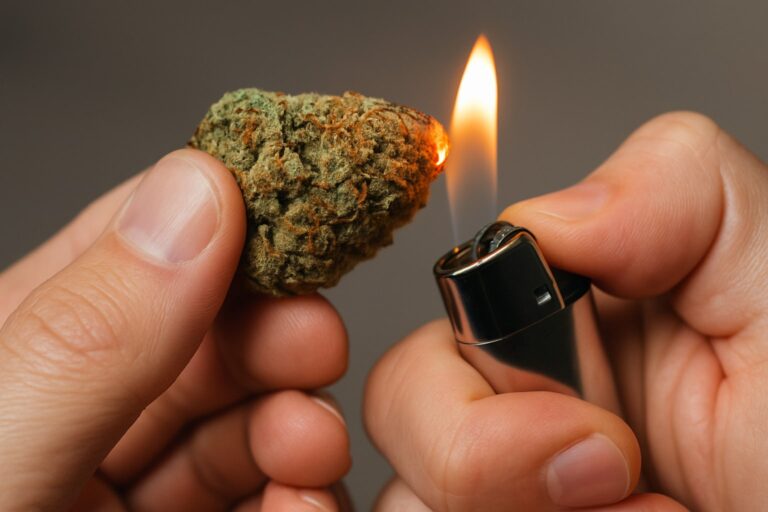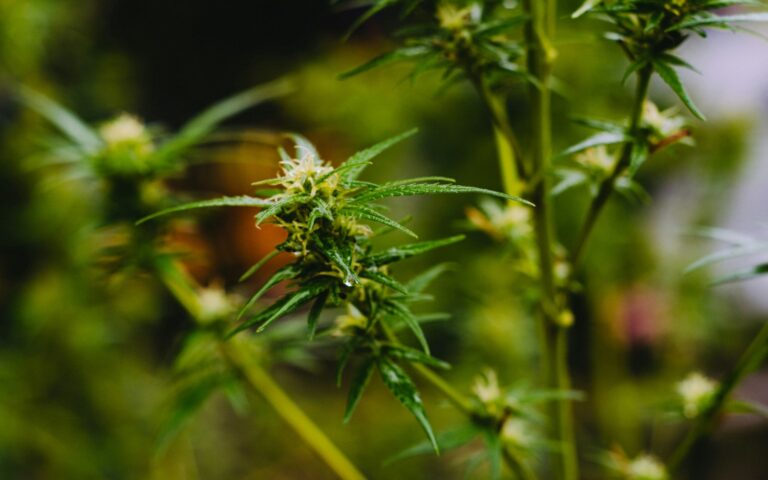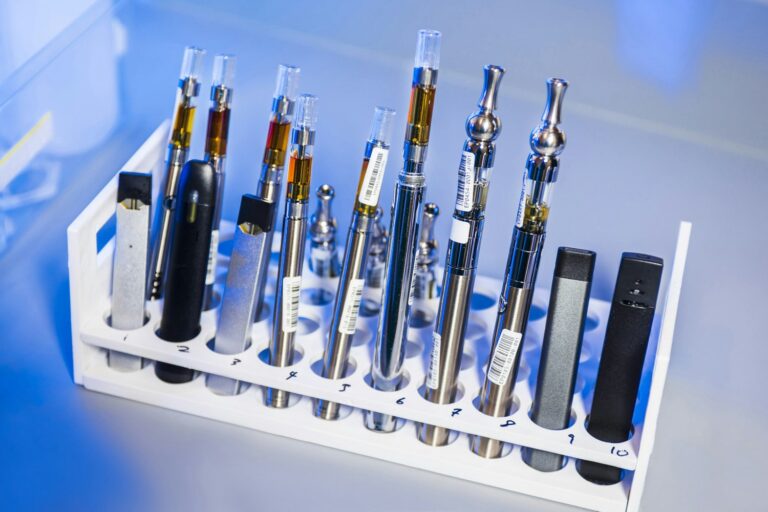We’ve all been there — at a party where both drinks and joints are making the rounds. Mixing cannabis and alcohol, often called “crossfading,” is common at social gatherings and can seem like a natural combination for enhancing a good time. But this combination creates effects that can be unpredictable, intense, and sometimes risky.
Whether you’re a seasoned consumer or just curious, learning about what happens when these substances interact can help you make smarter choices about your consumption. Let’s dive into what you should know about mixing weed and alcohol.
Understanding the Combined Effects
When THC (the primary psychoactive compound in cannabis) and alcohol enter your system together, they don’t simply combine their effects — they multiply them. This synergistic relationship creates an experience that’s often more intense than either substance alone.
Your liver processes both substances, but when alcohol is present, it prioritizes breaking down the alcohol first. This means THC stays in your bloodstream longer, potentially intensifying and extending your high. Research suggests alcohol can increase blood THC levels significantly, making your usual dose of cannabis feel much stronger.
Order Matters: Which Comes First?
The sequence of consumption significantly impacts your experience:
- “Weed before beer, you’re in the clear”: While not entirely accurate, consuming cannabis first might allow you to better gauge how high you are before adding alcohol.
- “Beer before grass, you’re on your ass”: Drinking before smoking often hits harder because the alcohol has already begun to affect your judgment and may lead to consuming more cannabis than intended.
Variables Affecting Your Experience
Several factors influence how the combination affects you:
- Tolerance to either substance
- Body weight and metabolism
- Hydration levels
- Food consumption
- Cannabis strain and potency
- Alcohol content and type
- Your surroundings and mental state
Physical and Mental Health Considerations
Both cannabis and alcohol are psychoactive substances with serious health risks. Alcohol damages the liver, heart, and brain when misused, leading to disease and increased cancer risk. Cannabis, despite its medical applications, can cause cognitive issues, respiratory problems when smoked, and psychological dependence, especially in young adults. Both substances impair judgment, coordination, and reaction time — effects that intensify dramatically when combined. Responsible consumption is crucial, particularly when using these substances together.
Intensified Physical Effects
The combination of weed and alcohol can amplify several physical responses:
- Dehydration Dangers: Both substances cause dehydration, and together they can severely deplete your body’s water supply. This contributes to stronger hangovers and increased discomfort.
- Nausea and the Spins: One of the most common negative experiences when crossfading is intense dizziness and nausea — often called “the spins.” This vertigo-like sensation occurs when alcohol disrupts your inner ear balance while cannabis alters your sensory perception.
- Impaired Coordination and Reaction Time: Each substance individually impairs motor coordination, but together they can drastically reduce your ability to perform basic physical tasks. This makes activities like driving extremely dangerous — more so than with either substance alone.
Mental and Cognitive Effects
The cannabis-alcohol combination doesn’t just affect your body:
- Memory and Blackouts: Alcohol is known for causing memory gaps, and adding cannabis can exacerbate this effect. Many crossfaded users report significant difficulty remembering events from the night before.
- Anxiety and Paranoia: For some people, mixing these substances creates an uncomfortable mental state. Cannabis can sometimes trigger anxiety or paranoia, and alcohol’s disinhibiting effects might amplify these feelings.
- Next-Day Recovery: The “crossfaded hangover” often combines alcohol’s physical symptoms (headache, nausea) with cannabis’s mental fog, resulting in a particularly uncomfortable recovery period.
Long-Term Health Considerations
Regular combined use of cannabis and alcohol raises several important health concerns that should not be overlooked.
The dual consumption pattern can potentially increase the risk of developing dependence on either substance, as the reinforcing effects may strengthen over time. The liver, responsible for metabolizing both substances, faces additional strain when processing them simultaneously, which may lead to accelerated damage with consistent use.
Furthermore, the profound judgment impairment from crossfading often results in individuals making decisions they might otherwise avoid, potentially putting them in high-risk situations.
Perhaps most concerning for younger users is the possible impact on brain development, as research suggests that both cannabis and alcohol can affect neural pathways in individuals under the age of 25, with potentially more significant effects when used together regularly over extended periods.
Harm Reduction Strategies
If you choose to combine cannabis and alcohol, these strategies may help reduce potential negative outcomes.
Know Your Limits and Start Slow
- Begin with small amounts of each substance
- Wait to feel effects before consuming more
- Consider using less potent forms of each (lower THC cannabis, lower ABV drinks)
- Set a consumption limit before you begin
Stay Hydrated and Fed
- Drink water between alcoholic beverages
- Eat a substantial meal before combining substances
- Keep electrolyte-rich drinks on hand
Create a Safe Environment
- Consume in familiar, comfortable settings
- Have trusted friends present
- Plan transportation in advance — never drive
- Keep your phone charged in case of emergency
Recognize Warning Signs
Seek help if you or a friend experiences:
- Severe vomiting
- Difficulty breathing
- Extreme confusion
- Loss of consciousness
- Panic attacks or extreme anxiety
Know When To Skip the Combination
Avoid combining cannabis and alcohol if you:
- Are taking medications that interact with either substance
- Have a history of substance sensitivity
- Are in an unfamiliar environment
- Need to maintain alertness or coordination
- Have existing health conditions that could be aggravated
Making Informed Choices
Understanding how cannabis and alcohol interact doesn’t necessarily mean avoiding the combination entirely. Instead, it means approaching crossfading with awareness and intentionality.
Listen to your body’s signals, respect your limits, and prioritize your well-being. Remember that enjoyable experiences typically come from moderation rather than excess.If you’re interested in learning more about cannabis products and responsible consumption, visit JDM Cannabis. Our knowledgeable staff can help guide you toward products that match your experience level and preferences. Visit our locations to speak with our team about making informed choices that enhance your enjoyment while prioritizing your health and safety.



